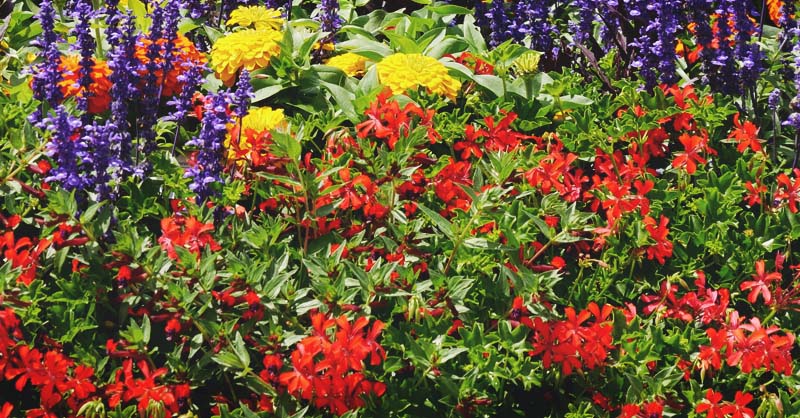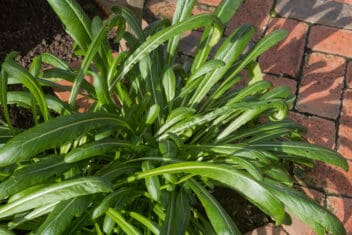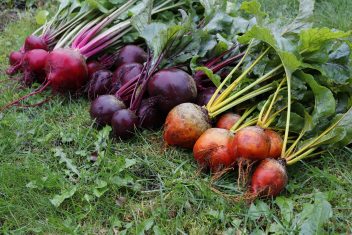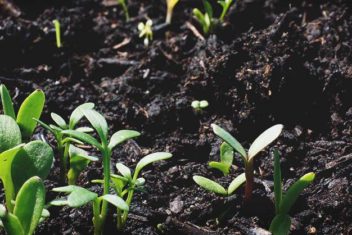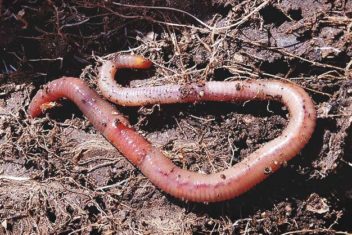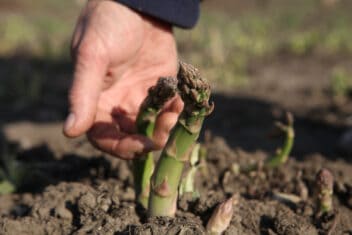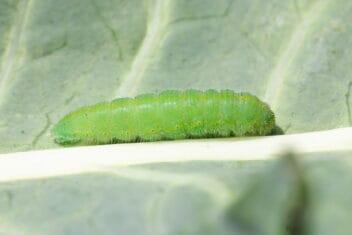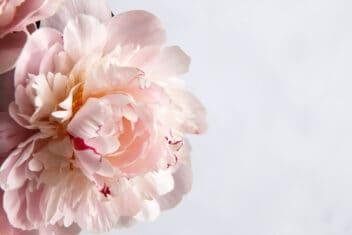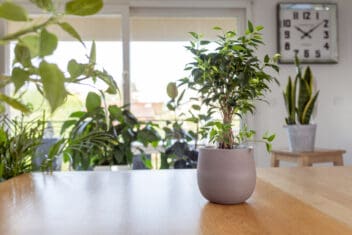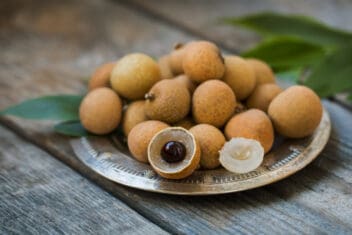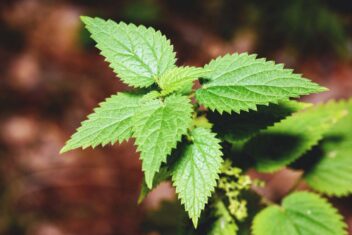I’ve been growing herbs and vegetables for years. I also grow a lot of perennial flowers and self-seeding annual flowers to keep my pollinator population happy. But, I have never grown flowers to cut for bouquets.
Now though, I’ve been on my current homestead 5 years. I have finally arrived at the point where I can devote time to activities that are all about beauty and pleasure. For me, growing flowers specifically so I can make bouquets is top on my list.
Whenever I am just learning how to do something, I like to start small so that I don’t get in over my head. So, this year, I am taking some of my vegetable garden space to use for cut flowers.
If you are also thinking about growing cut flowers in your vegetable garden, then read on for information on how to adapt veggie beds to work as flower beds.

The Cut Flower Bed

I used to think I had to devote a whole garden to cut flowers for them to be worth growing. However, I have discovered that there are a lot of flowering plants that will produce lots more blooms when they are cut regularly. There are also some kinds of flowers that grow quickly to help you maximize space.
Turns out you don’t need a whole garden of flowers to be able to make bouquets. You just need to dedicate some bed space in your vegetable garden to flowers.
Between what you have in your new flower beds, greenery from around your homestead, and by making use of some of your fruits and vegetables for more interest, you’ll have plenty of materials to make your own beautiful bouquets.
1. Carefully Site Your Cut Flower Bed
Now, keep in mind, the purpose of a cut flower bed is to cut the flowers as often as they bloom. So, this won’t necessarily be the most beautiful bed in your garden. You may want to tuck it in between some of your more beautiful vegetables such as long-producing indeterminate tomatoes or come-and-cut greens. You can also line your cut flower bed with annual herbs to add beauty.
Depending on which flowers you choose to plant, some can get pretty tall. For example, I’ve had zinnias get 4-5 feet tall in the past. Full-sized calendula can also stand 3-4 feet tall at the height of summer. Sunflowers, for flowers rather than seeds, are shorter. But the branching varieties need a fuller area.
Be careful not to shade other vegetable plants that require full sun. Or, use your taller flowers to create shade when beneficial. For example, a tall stand of flowers to the sun side of a plot of lettuce can sometimes slow down bolting and keep lettuce from turning bitter so soon.
Make sure you allocate a wide enough bed. Many cut flower varieties can also become quite large, particularly if they branch. For smaller plants, you’ll need more of them to get a lot of flowers.
If you garden in rows, consider joining some rows and making a bed that is 3-5 feet wide. That will allow you to group flowers in patches and cut lots of the same thing at the same time.
2. The Best Ways to Start Plants for Flowers

As a vegetable gardener, you have to learn about the different ways to start vegetables such as beets and carrots by direct seeding. Or, you learn it’s best to start cabbage, cauliflower, tomatoes, and peppers by transplanting. Planting perennial edibles like horseradish require root cuttings, asparagus comes from crowns, and so on.
Growing flowers for cutting is no different. There are so many varieties of flowers out there that it’s mind-boggling. Some you start from seeds, others from bulbs, tubers, corms, rhizomes, cuttings, and divisions.
Examples of Ways to Start Flowers
Dahlias and peonies, for example, are easiest from tubers. Tulips and daffodils come from bulbs. Some species of iris and all species of crocus are grown from corms. The bearded iris comes from rhizomes. Lavender is best started from cuttings of mature plants. Zinnias, cosmos, snapdragons, foxglove, hollyhock, sweet pea, poppies, and sunflowers are easiest to start from seed.
Fast-tracking Perennial Flower Production
If you start many perennials from seeds, you may have to wait two years for them to establish root systems, or experience stratification, before they will flower. You can short cut this process though by taking root divisions from fully grown plants.
This works well with flowering perennials that have a fibrous root system and that don’t turn woody with age. Coneflower, Black-eyed Susans, sweet williams, and Shasta or ox-eye daisies are good options for divisions.
If you have friends with these plants already growing, definitely ask nicely for some divisions to fast-track flower production.
3. Starting Simple and Work Up
Similar to starting a vegetable garden, the easiest way to start growing cut flowers is to choose varieties you can start directly in the garden from seed. Or start with a purchased transplant. Then, once you’ve mastered those varieties, move on to all the other ways to start flowers for cutting.
Easy to Start from Seeds
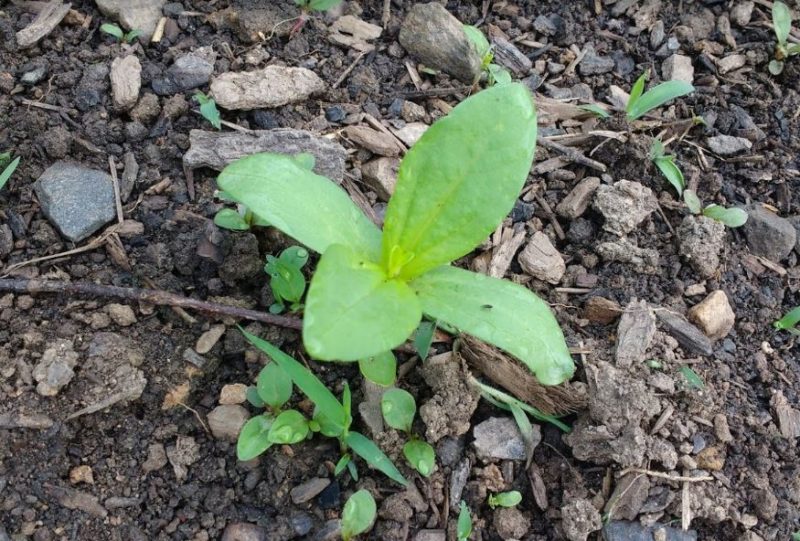
Sunflowers, zinnias, cosmos, calendula, and marigold have been the easiest to start in my garden by direct seeding. The seeds sprout quickly if you plant them in when your soil is sufficiently warmed.
Plant in a Line
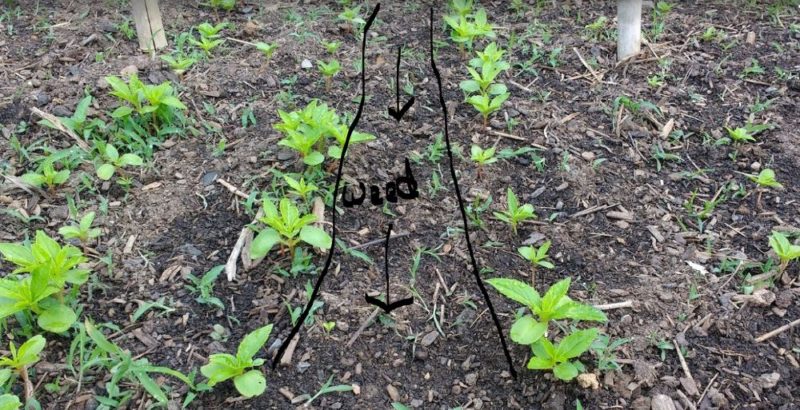
Make sure to plant them in a straight line. That makes it easy to distinguish your seedlings from weeds. Plus, you can use your hoe to remove most of the weeds until your flowering plants are large enough to shade the soil beneath them.
Take Care With Amaranth
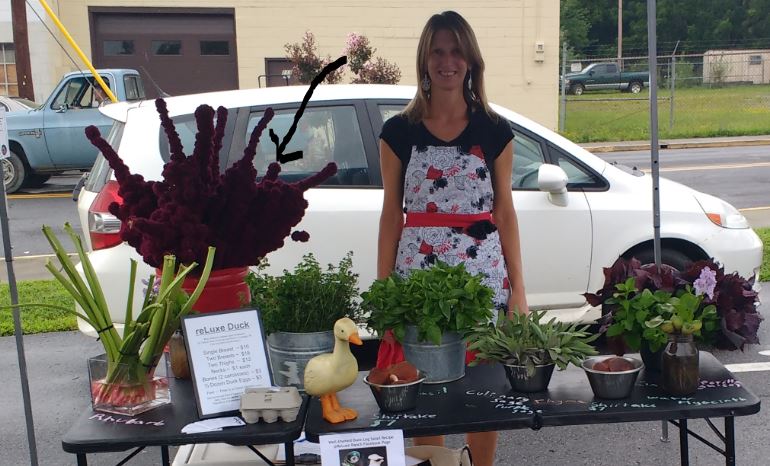
Amaranth is also incredibly easy to grow and stunningly beautiful. Elephant nose amaranth is my absolute favorite cut flower in fact! Love lies bleeding is also a lovely weeping version.
Beware though, amaranth has thousands of seeds per flower head and the seeds become viable as soon as the flowers emerge. So, it’s nearly impossible to keep amaranth from re-seeding if you let it flower.
In other words, once you plant amaranth, you’ll have volunteers for years to come. Luckily, the seeds are tiny and need light to germinate. You can cut down on volunteers simply by covering the seeds with a few inches of compost annually. Plus, the seedlings have a unique appearance that makes them easy to spot and pull in the juvenile state.
4. How to Take Good Care of Your Plants
Cut flower varieties love well-prepared garden soil. So, the same preparations you do for your vegetable garden will work for flowers. Add plenty of compost to your soil annually. Keep beds well-watered and weeded.
Fertilize for Bloom Production
At the time of planting, start with an initial application of a balanced organic fertilizer like 4-4-4. Then, as plants approach maturity and before they flower, side dress with a fertilizer that is light in nitrogen, heavy in phosphorous, and moderate in potassium.
Pinching is Key
Similar to most herbs, pinching young plants to produce side shoots will increase flower production. Have you heard the story of the Hydra, the serpent-like monster who had multiple heads? If one was cut off, two grew back? Well, many flowers are like this too.
As long as you don’t pinch below the first set of above ground nodes, and allow the plant time to recover between pinching sessions, you can grow a slender stick of a plant into a shrub-like flower producing beast of a plant. Talk about flower power!
I know it seems brutal. But trust me, pinching a healthy plant just makes plants stronger. Pinch just above leaves.
When your two new branches have a few sets of leaves, pinch again and turn those to branches into four. Keep pinching periodically until your plant has sufficient size and bushiness for good flower production.
5. Learn to Harvest Cut Flowers
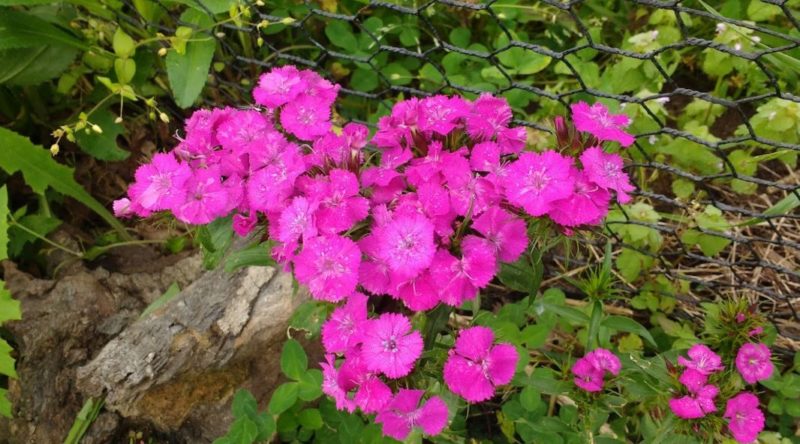
Now for the fun part, cut those flowers for your bouquets. Some flowers can be cut just before they open so they bloom in your vase. Others need to be cut right upon opening.
Just like you had to learn when to harvest a cantaloupe or tomatillos, flowers have harvesting guidelines too. Read up on each of the flower varieties you plant to make sure you know when to harvest so they will last longest in the vase.
Concluding Cultivating a Cut Flower Bed
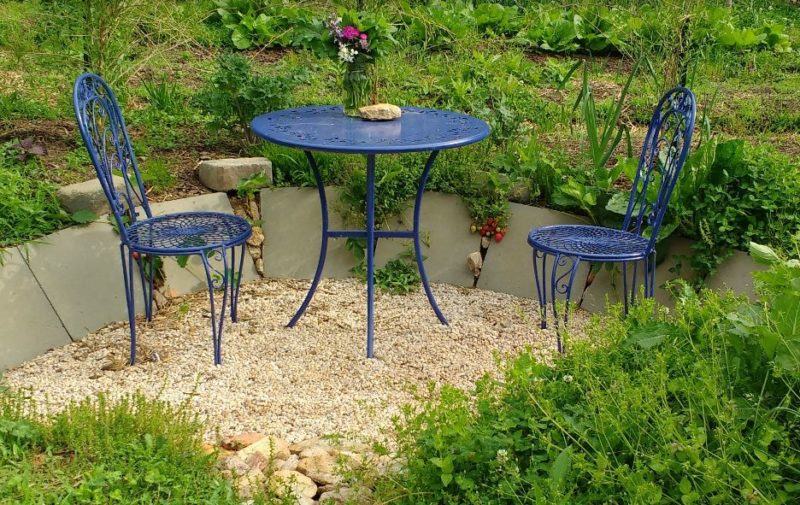
Having a cut flower bed is very much analogous to growing vegetables. There are some things you have to learn. Once you know how to prepare your soil and care for plants in general, then translating those skills to other plants only takes a bit of studying up on varieties and practicing.
I hope you have many beautiful bouquets to grace your homestead table along with all those delicious vegetables!

